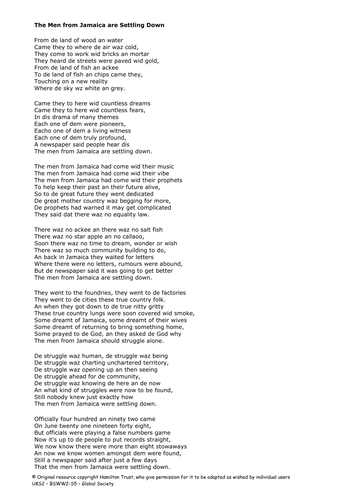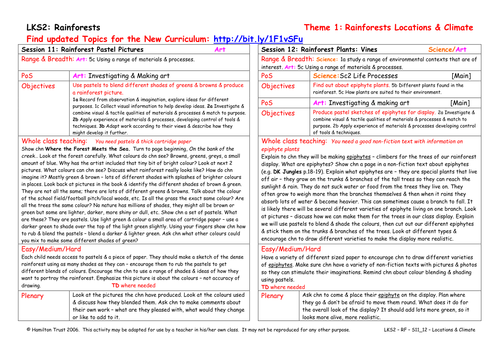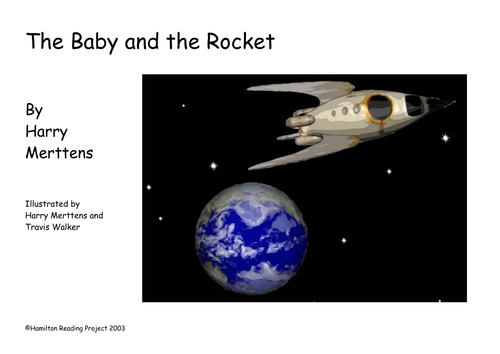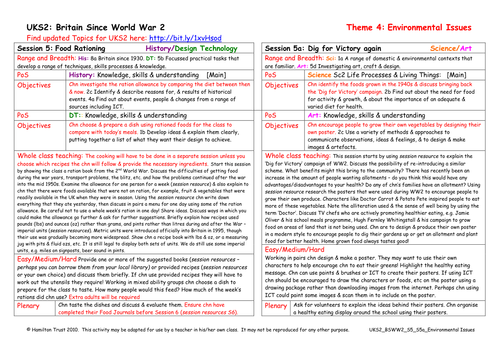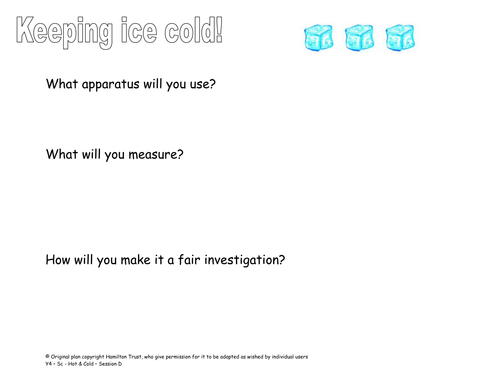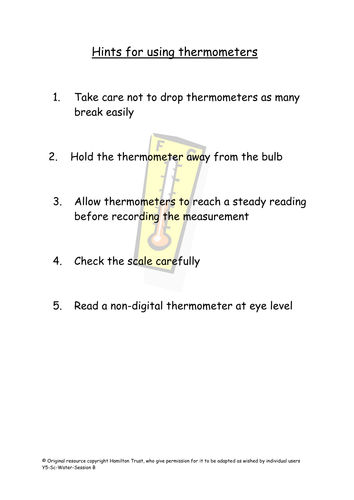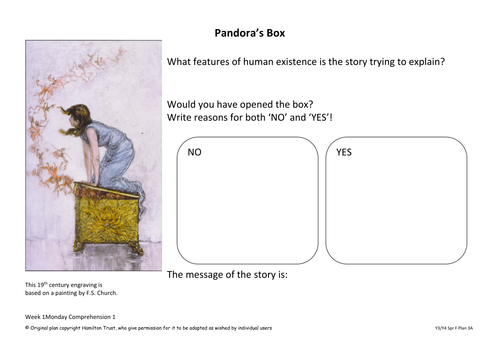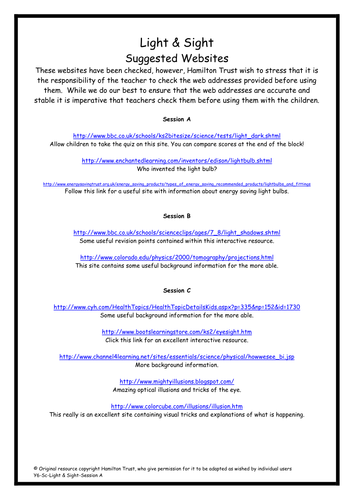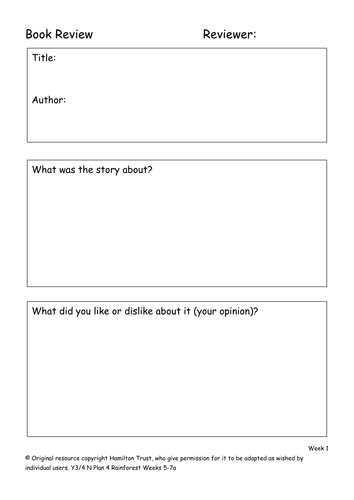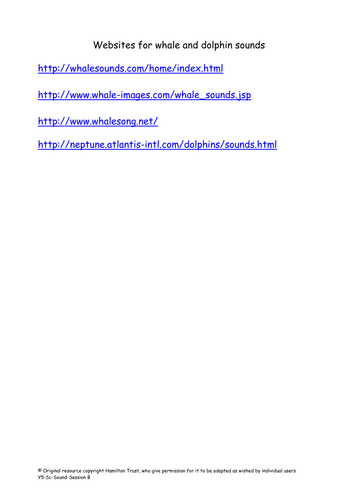
397Uploads
10014k+Views
11624k+Downloads
All resources

Notting Hill Carnival
Read Benjamin Zephaniah’s poem The Men from Jamaica are Settling Down. Discuss the treatment that migrants from the Caribbean received from some British people. Explain how this lead to riots and the first Notting Hill Carnival. Children design carnival costume.

Rainforest Pastel Pictures
Using Where the Forest Meets the Sea children study in detail the palette of colours created by the rainforest. Then using pastels and blending techniques children create a pastel rainforest picture.
Suitable for years 3 and 4.

Reception Non-fiction (Space): Information and instructions (weeks 1-2)
Use the Animated Tale The Baby and the Rocket to introduce children to information texts. Compare facts and fiction. Make a large rocket and use photos of the construction to write instructions. Lots of activities for children to investigate both planets and rockets.

Minibeasts in local environment
Go on a walk in the school grounds to discover there are different plants and animals in the local environment. Collect minibeasts. Think about where we might find them. Name, label and draw minibeasts back in the classroom. Suitable for Year 2 pupils.

Why things float
Why do some materials/objects float or sink? Talk about different materials used to make boats & ships. Carry out investigations: can children make plasticine float? How many pebbles/marbles will sink a plastic container? What happens when you blow air into water? Suitable for Year 1 pupils.

Apartheid
Examine the system of apartheid through a class role play activity. Introduce Nelson Mandela and discover what children already know about him. Children reflect on their own feelings during the role play. Start reading Journey to Jo’burg. Suitable for years 5 and 6.

Food Rationing
During the 1940 and 50s food was rationed. Discuss the ration allowance then and compare it with what you eat now. In groups and using suggested books or resource examples children will choose and cook a ration recipe for everyone to taste. Was our diet better then?

Rainforests - Creating Images weeks 1 - 2
This poetry unit allows children to explore the wonderful array of rainforest animals. They use two poetry books to explore different features and go on to use these as structures their own poems. They have fun performing their poems to other children in the school
Suitable for years 3 and 4.

Year 1 Fiction 3: Stories with repeating patterns and counting stories
Read a story with repeating patterns, Bringing the Rain to Kapiti Plain, by Verna Aardema. Retell the story using flow charts, write describing words and punctuate sentences. Read two counting stories Handa’s Hen by Eileen Browne and We All Went on Safari by Laurie Krebs, before guiding children to write their own. The Hamilton Group Reader, Boris and Sid go on a tram, is used to develop confidence in reading aloud.

Keeping cool!
Children continue their investigative work by finding out which material is best for keeping ice cubes cold. What are they going to measure? An understanding of how insulators stop heat from being transferred from or to something is established.
Suitable for Year 4 pupils.

Batik Technique
Introduce children to the techniques of flour resist batik and explore the history of batik in Africa. Children get a chance to practise the methods themselves.

Shopping Basket
Look at products that would be on weekly shopping list, consider the different ways in which these were sold – less packaging. Discuss equivalents between imperial and metric measurements and money. Children convert prices or sort foods into then and now.

Freezing and boiling
Children practise using thermometers to measure temperature accurately. They find the freezing and boiling points of water and discuss what happens if you add salt to the liquid. Use coloured ice cubes to investigate properties of solids and liquids. Suitable for Y5 pupils.

Year 3/4 Fiction 3: Myths and legends
Become familiar with a range of Greek Myths, The Orchard Book of Greek Myths by Geraldine McCraughrean, Greek Myths by Marcia Williams. Use them to study powerful verbs, verb tenses, use of first and third person, paragraphs and ways of showing dialogue. Children draw story maps to learn a Greek Myth off by heart and to retell another myth in written form.

Sources of light
Time to shed some light on what the children already know in this session as they create a concept map and are quizzed on their current understanding! They then identify sources of light and find out why the Moon isn’t one of them!
Suitable for Y6 pupils.

Myths and Traditional Tales Weeks 5 - 7a
Find brilliant rainforest characters in ‘The Great Kapok Tree. Explore the language of traditional tales and write a rainforest ‘Just So’ story. Read a tale from Papua New Guinea. Make a board game as a lead in to writing a quest story.

Reflection
Reflection research is in order during this session as children discover that shiny and polished surfaces reflect more light than dull surfaces. Can they use mirrors to bounce torch beams or redirect the laser beam to hit the target?
Suitable for Y6 pupils.

Hearing sounds
Briefly examine the structure of the ear and how vibrations are heard as sounds. Compare light and sound waves further. Discuss echoes and how bats or dolphins use echolocation. Talk about deafness and introduce children to British Sign Language.
Suitable for Y5 pupils.

Vibrations
Explain that all sounds are made by objects vibrating and that sound can travel through gases, liquids and solids. Children carry out some short investigations about vibrations and make a string telephone with a partner. Compare light and sound waves.
Suitable for Y5 pupils.

What is it?
Children find out how plants and animals are classified into groups. They then try to identify the minibeasts found during the field trip and create a key using a branching database to enable other children to identify them.
Suitable for Year 4 pupils.

